Scared of Scrivener?
Why switching to Scrivener is nothing to fear
Length: 5 minute read

Writers considering switching to Scrivener are often put off by its reputation for being complex and difficult to use. The wealth of features touted by its advocates may be inviting yet intimidating. When you have little time to write, or are writing to a deadline, devoting yourself to learning a new piece of software can seem too great an investment and becomes something you endlessly postpone while struggling on with your current software.
Alternatively, you might be fundamentally opposed to Scrivener’s philosophy that it is better to split your project into smaller documents rather than a single long one. Perhaps you are a ‘single document mode’ loyalist who would like to take advantage of Scrivener’s other powerful features, but fears it is an all-or-nothing kind of a deal.
If so, have no fear. The chances are, you already know how to use Scrivener’s basic features, because Scrivener is, at its core, simply a word processor.
‘Scrivener is simply a word processor.’
Some would disagree with this statement. In fact, the user manual itself explicitly states: ‘Scrivener is the opposite of a word processor.’ So why do many people like me say it is? Because it is quite clearly a word processor, according to any sensible definition of the term.
There are two main reasons why some say otherwise. The first is because Scrivener encourages you to separate style (typesetting) from content (word processing). Why? Because often the appearance of your final document differs according to its destination (e.g. hardback, paperback, ebook, or a manuscript submission). I discuss this further here.
The second reason people claim Scrivener isn’t a word processor is to emphasise that it is more than a mere word processor. This is true, but it risks making Scrivener seem more weird and difficult to understand than it actually is. If you have used a word processor in the last twenty years, it is possible to use Scrivener in much the same way without ever needing to worry about the binder or metadata or compiling. This is my key point: You don’t need to learn all of Scrivener advanced features right away (or ever). You already know enough, if you can use a word processor.
Not convinced? Follow these steps:
- Create a new blank project:
- Hide the binder:
- Hide the toolbar:
- Show page view:
- Write your content and format your text:
- Print:
- Or export the file type of your choice:
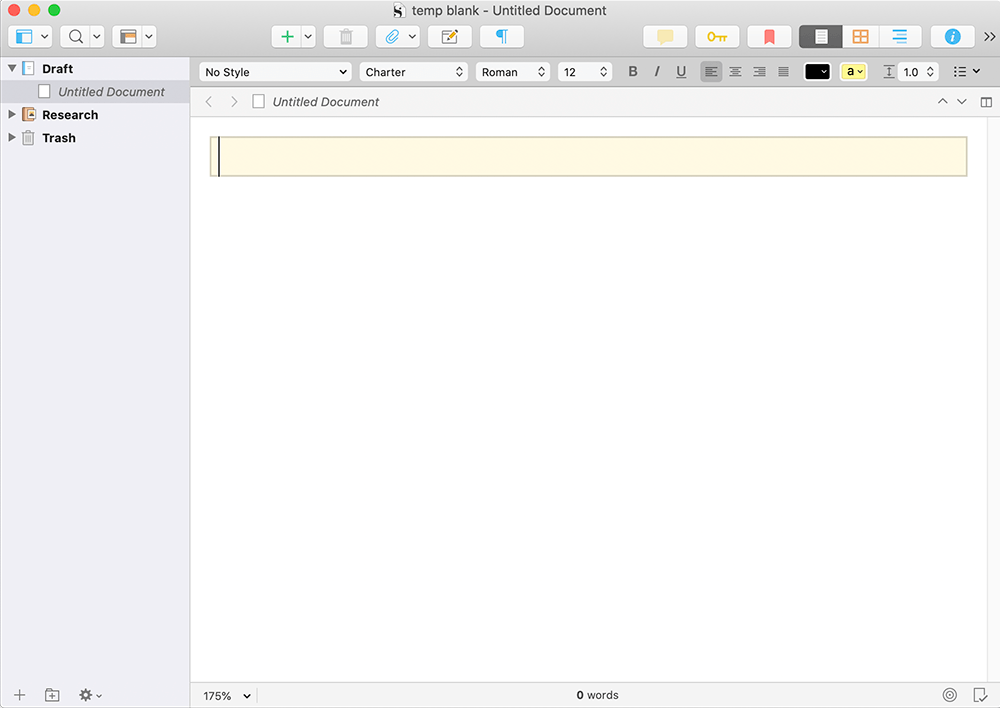
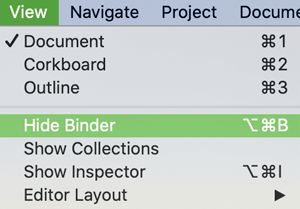

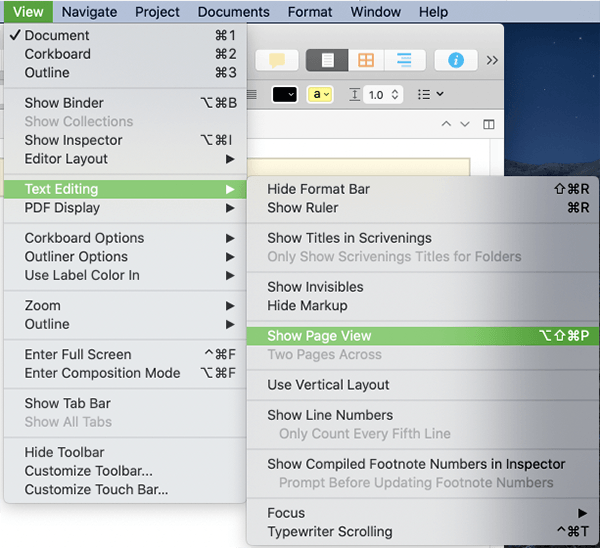
Tadaa! A basic word processor, similar to TextEdit or WordPad:
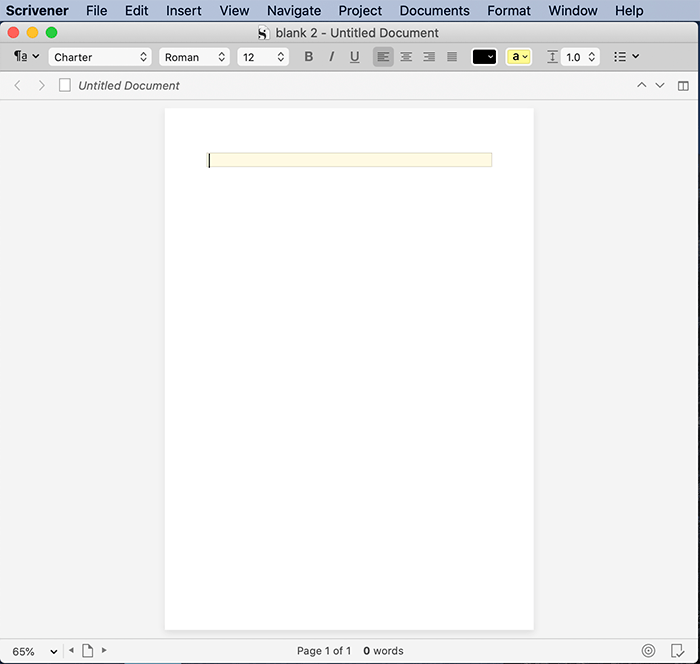


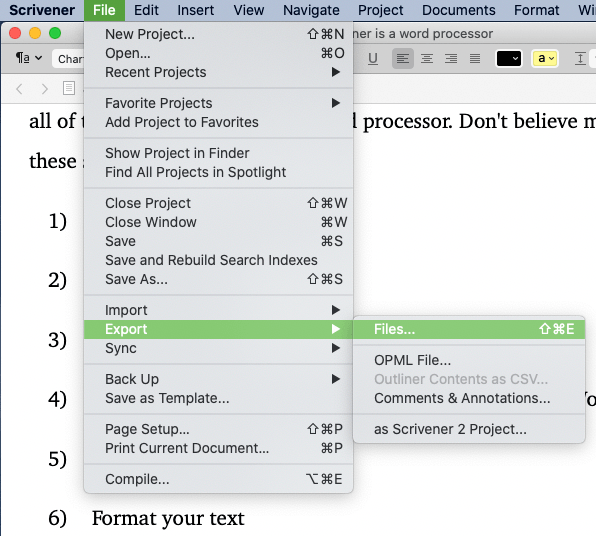
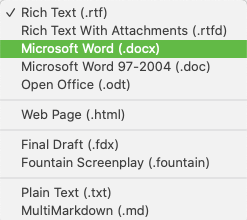
It might not be the fanciest or greatest word processor in the world, but it is perfectly functional. To make a new document, you simply create a new project. Think of this as ‘Single Document Mode’. One thing to note: page numbers are displayed on the toolbar at the bottom of the window, but these are an approximation. To add these with Scrivener, along with things like headers and footers, you will need to venture into Compiling, or open the exported file in Word or another word processor and add them there.
In addition to the lack of control of page numbers, headers and footers, the main disadvantage to using Scrivener in this way is you lose its organisational capabilities.
However, you can still take advantage of Scrivener’s other powerful features, such as:
- Compiling
- Text transformations, substitutions, and tidying
- Project targets
- Scriptwriting autocompletes
- The name generator
- Linguistic focus
- Composition mode
Therefore, if you are afraid to try Scrivener, don’t be! You can make the switch immediately and explore the other features when you feel comfortable. It is free to try for 30 days of actual use (not 30 calendar days). And if you don’t like Scrivener, or if there is some essential feature you feel is missing? Switch back. You can export what you have written to Word, rtf, or even just plain text, and put the whole unpleasant experience behind you without losing any work.
That said, the true power of Scrivener is its organisational features such as the binder. It is this that sets it apart from a regular word processor. And, in all likelihood, once you become accustomed to it, you’ll wonder how you ever managed without .